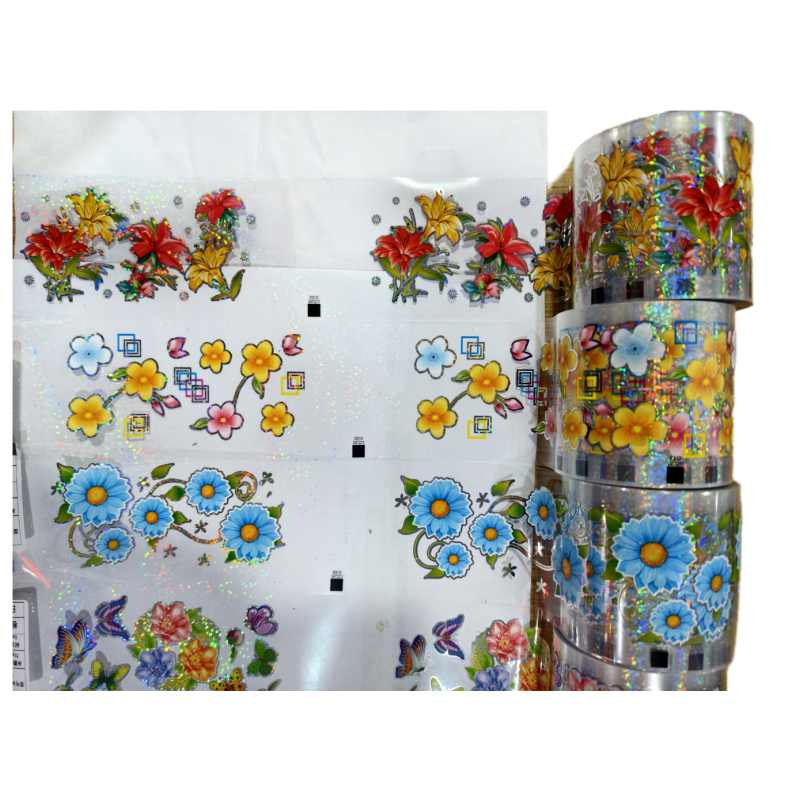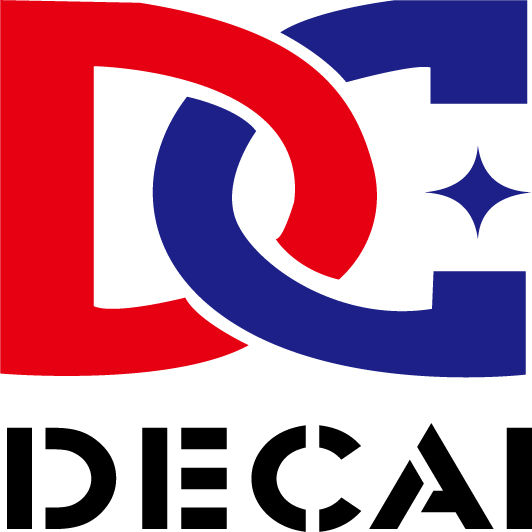1. Application Process and Versatility
-
Heat Transfer Film: This process uses a pre-manufactured, multi-layered film that is applied to the plastic substrate using heat and pressure. The design is first cut (for contour designs) or the carrier film is positioned, and then a heat press transfers the ink/adhesive layer onto the product. This method is exceptionally versatile for complex designs, especially those involving photographic details, gradients, or metallic/reflective finishes. It allows for easy application on complex, curved, or uneven surfaces without significant setup changes.
-
Screen Printing: This is a direct printing technique where ink is pushed through a fine mesh stencil (the screen) onto the plastic surface. Each color requires a separate screen and a separate application step. It is best suited for simple, bold, and solid-color designs. While it can be used on curved surfaces, it is most efficient and cost-effective for flat or slightly curved items. The setup is more complex and less adaptable to highly contoured or irregular shapes compared to heat transfer.


2. Durability and Texture
-
Heat Transfer Film: The finished result typically has a distinct layered feel. The design sits on top of the substrate, often with a smooth, slightly raised, or vinyl-like texture. The durability is very high, as the film layer is resistant to fading, chemicals, and abrasion. It creates a robust, protective layer over the design, making it suitable for items that will face frequent handling or outdoor exposure.
-
Screen Printing: The ink in screen printing is formulated to absorb into or bond directly with the plastic substrate. This results in a much thinner ink layer that is integrated with the surface, often feeling like part of the product itself rather than a layer on top. While durable, screen printed inks can be more susceptible to cracking over time if applied too thickly, especially on flexible plastics, and may not be as resistant to intense abrasion or harsh chemicals as a quality heat transfer film.


Post time: Nov-07-2025
